Are you a big fan of Tokyo, but want to get away from the unabashedly urban side of things? Then the JR Tokyo Wide Pass might have your name on it. Might.*
Who Can Buy the Pass?
Just like the JR Tohoku-South Hokkaido, and the JR East (Tohoku Area), rail passes, this one can only be purchased by non-Japanese nationals.
Visitors can either buy this pass on Eki Net, or at select train stations.
*Sadly, this is where I have my first bone to pick.
If you look at the coverage map below, you will see that you can visit as far north as Kuroiso, in Tochigi prefecture. Fair enough, it’s not the busiest station by a long shot, so maybe it won’t work.
Scooting on south to Nasushiobara, that’s a bullet train station. They’ve gotta have a ticket machine, or a ticket office to exchange the pass reservation code. Oh, they had a ticket office, and a ticket machine, but none of them were applicable. In fact, what the station staff told me was that the closest possible place to obtain the pass was Omiya.
My argument — in vain, of course — was that a pass shouldn’t be valid where it couldn’t be exchanged. Ah, well. On to Omiya, right?
Apparently, I made it to Omiya an hour too early for the JR “concierge” service to help out (9am vs. 10am). Then, they gave me guff about missing a certain reservation code, although eventually relented and found the pass.
Long story short, start off in Tokyo.
Which Trains Can Be Used?
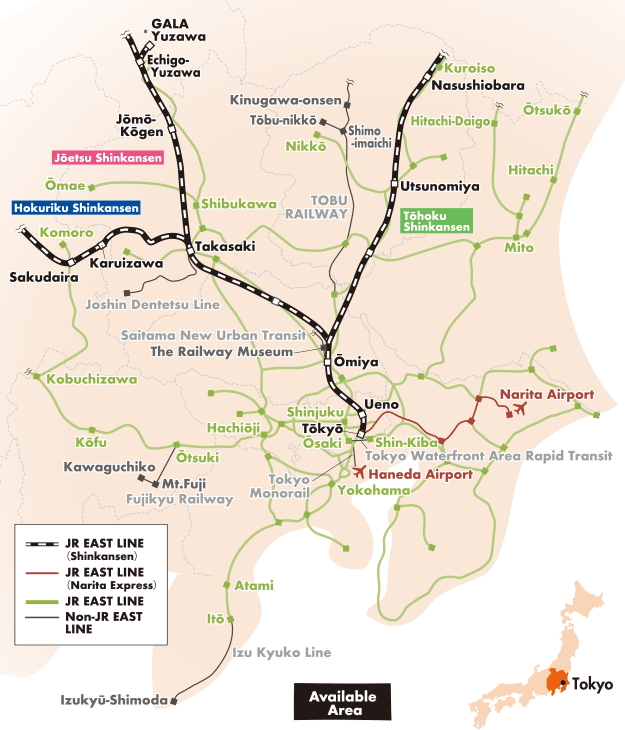
Given the peculiar exceptions involved with this pass, I have decided to almost directly quote the official JR Tokyo Wide Pass page:
- JR EAST Lines
- Tokyo Monorail (for those heading to/from Tokyo Haneda Airport)
- Izu Kyuko Line
- Fujikyu Railway Lines (Mt. Fuji, anyone?)
- Joshin Dentetsu Line
- Saitama New Urban Transit (Ōmiya – the Railway Museum)
- Tokyo Waterfront Area Rapid Transit Line (Rinkai Line)
- Reserved seats in ordinary cars of the following express trains with through operations between JR EAST and Tobu Railway lines: Nikko, Kinugawa, and SPACIA Kinugawa trains.
- You can also use regular trains (including rapid trains) from Shimo-imaichi to Tobu-nikko and Kinugawa-onsen on the Tobu Railway line.
Between Kurihashi and Shimo-imaichi, you can only use limited express trains that run through to Tobu Railway. **
**The only limited express trains you can use with the JR TOKYO Wide Pass are through trains from JR lines to Tobu Railway lines. You cannot use limited express trains whose first and last stations are Tobu Railway stations.
plus
- In the winter and part of spring, you can not only use this pass to visit GALA Yuzawa ski area, but even get discounts for the resort gondolas!
and
As long as you’ve got the pass, you’ve got a number of stores in the region that offer discounts, under the Ekinaka scheme.
Cost and Validity
If you choose to get the JR Tokyo Wide Pass, I hope that you also have major wanderlust. It’s only valid for three days, you will want to hop on the shinkansen quite a bit … or ride the Narita Airport “express” train — called “N’EX” — many times.
Thinking more about it, I’m not sure why there’s a stinginess with validity. I chose to visit your country, so why not let me have more freedom of choice with the dates?
n.b. a more flexible rail pass, called Seishun 18, does exist. However, it is only available at three different times during the year, and can’t be used on the faster trains.
Prices are ¥15,000 per person aged 12 and older, and ¥7,500 for each person 6-11 years old.
Where did I Visit?
The reason I mentioned the Narita airport express train above is because I used it a lot during those three days. In fact, I even hopped on at an intermediate station — Chiba — without having reserved a seat. One flash of the JR Tokyo Wide Pass, and the conductor gave the A-OK.
However, in prior visits to Tokyo, I visited a few of the other places accessible to pass holders.
Takasaki
Takasaki, the largest city in Gunma prefecture, is the home of daruma (達磨).
Huh?

Modeled after the Buddhist monk Bodhidharma, who lived either in the 5th or 6th century CE, daruma are painted an auspicious red, and decorated with wide eyes and facial hair.
Basically, you paint one eye when you have a particular goal in mind, and paint in the other eye when you’ve accomplished the goal. This originates from a Japanese pun, wherein eye (眼) and prayer/hope (願) share the pronunciation of gan.
The center of darumadom is Takasaki’s Shorinzan (少林山) temple, built in 1697:
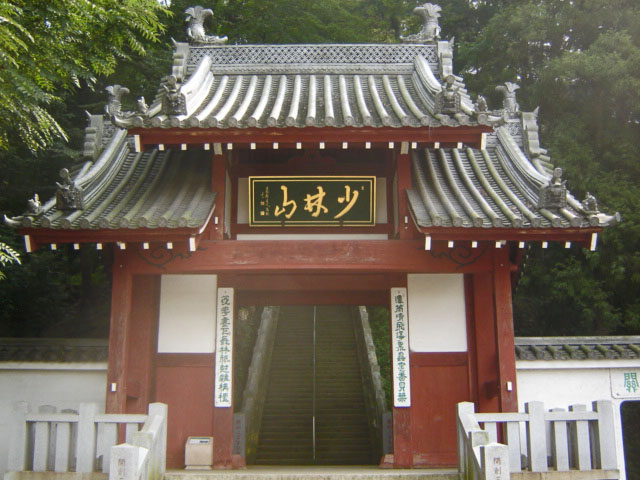
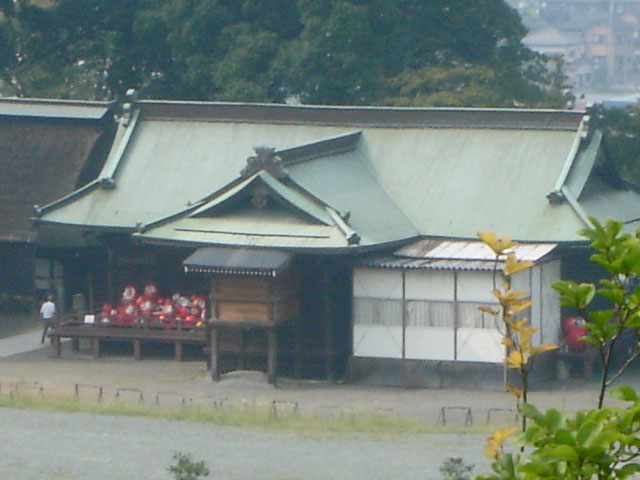
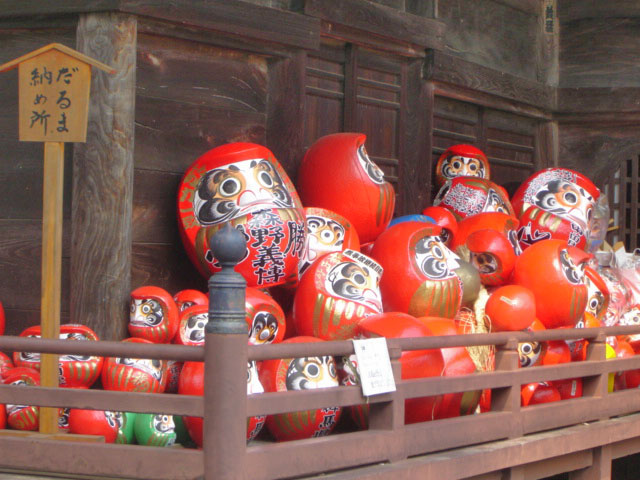
Mito
Mito is the capital and largest city of Ibaraki prefecture, to the northeast of Tokyo. Only an hour and a half by bullet train, Mito has three well-known spots, of which two really stand out between late February and April.
First up is Kairakuen, one of Japan’s three most renowned gardens.
Yet, unlike the other two, Kenrokuen in Kanazawa, and Kouraken in Okayama, this one was even open to the public when it was completed in 1841.
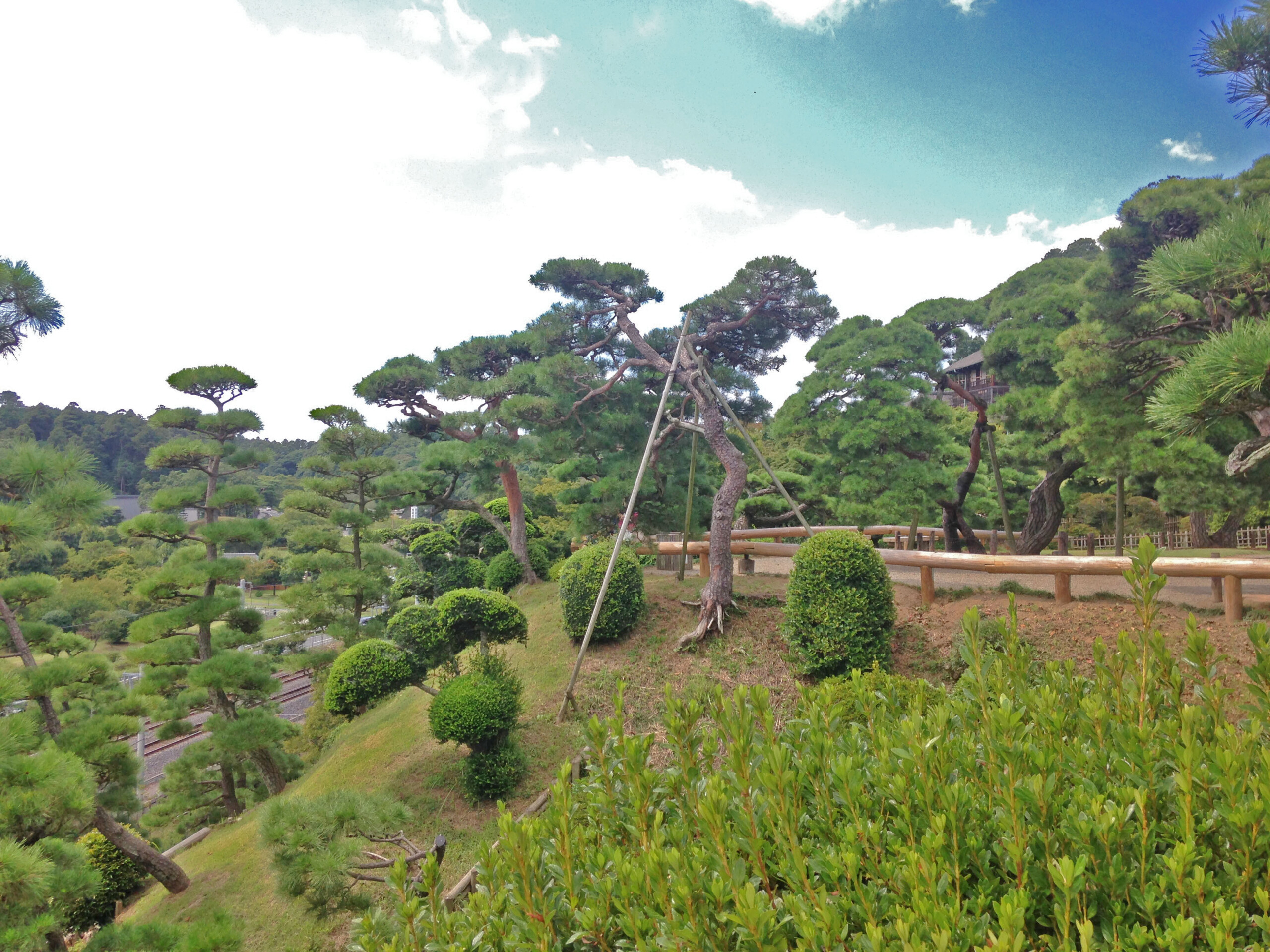
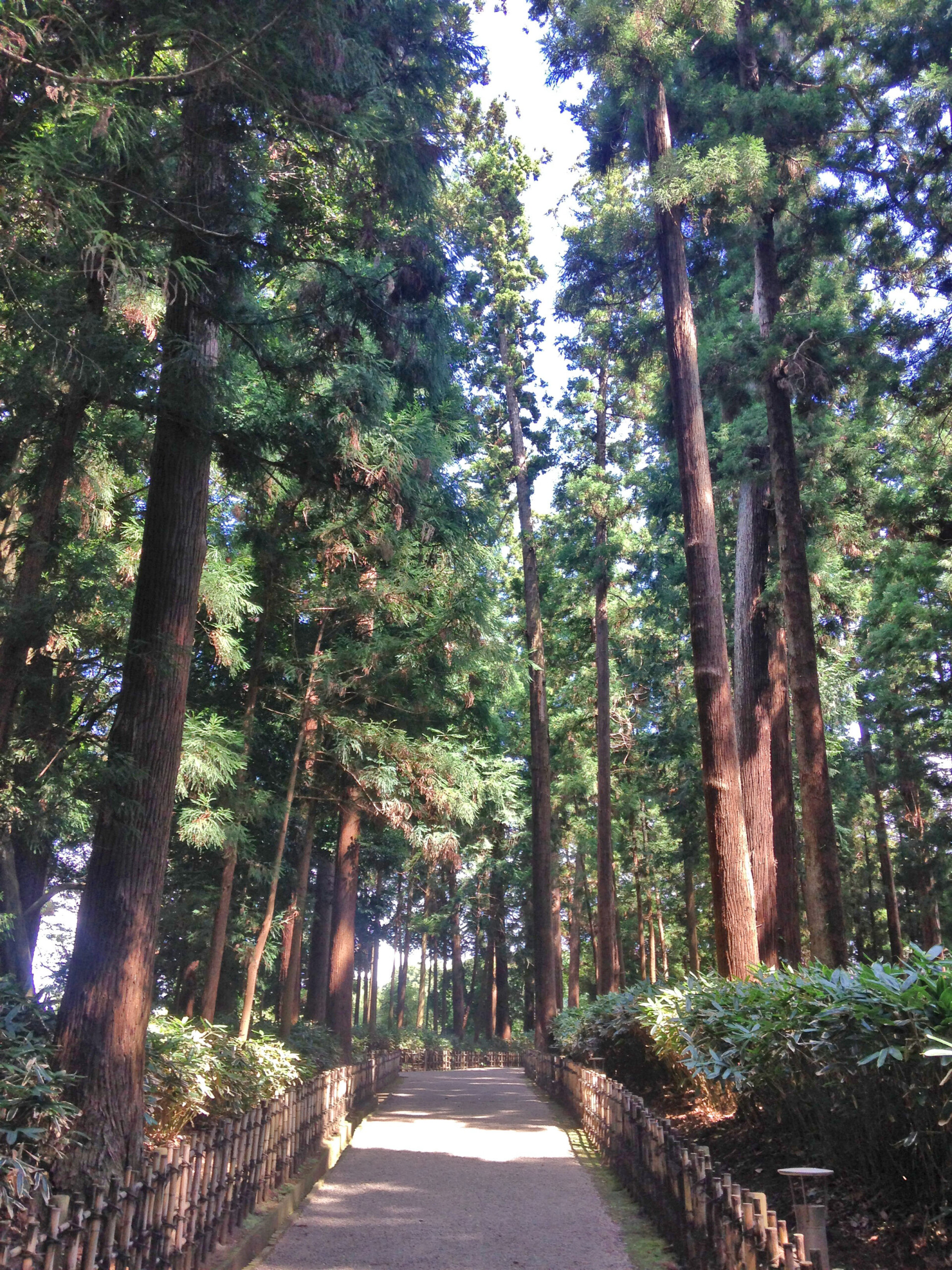

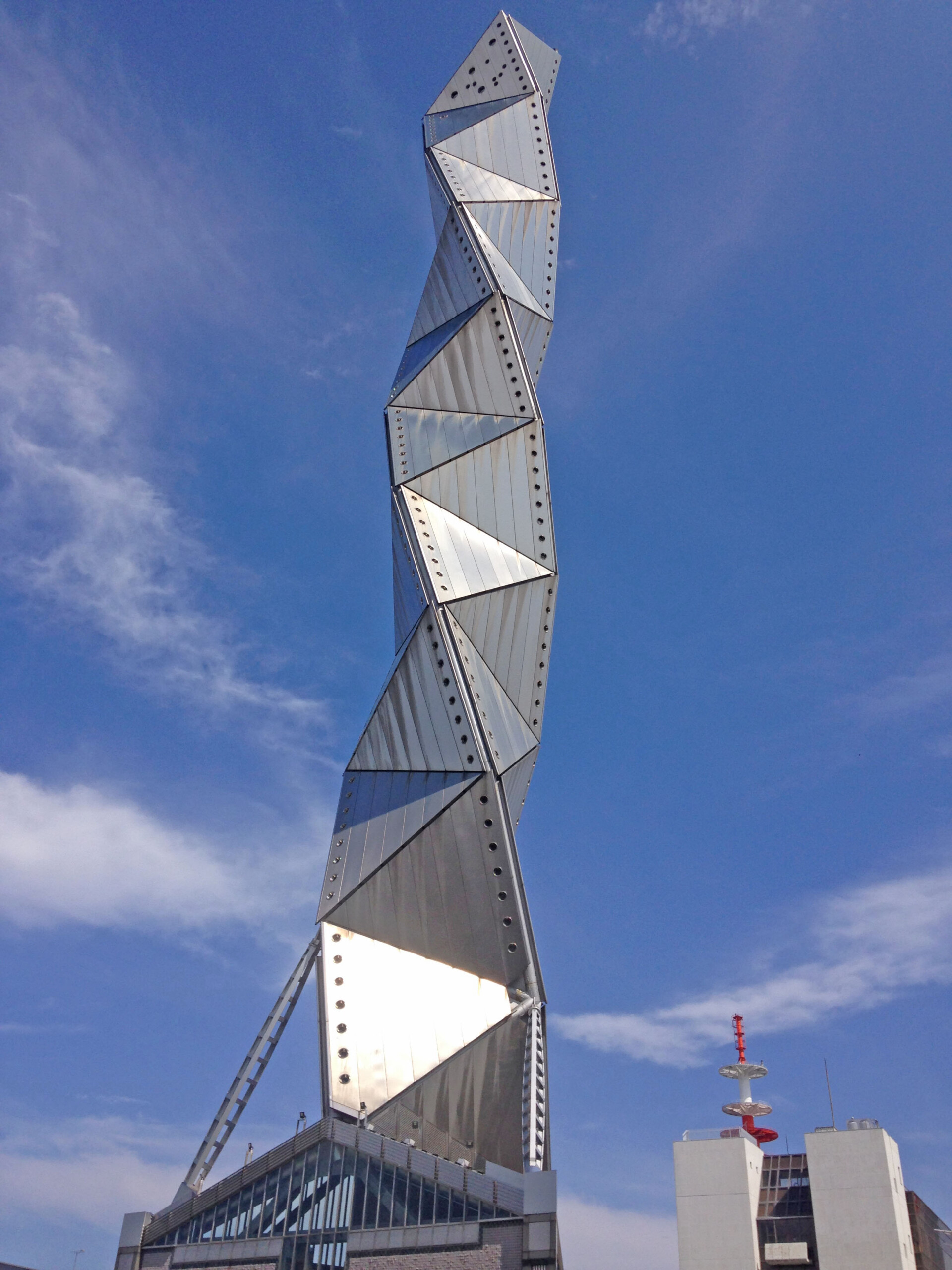
Art Tower Mito, designed by Isozaki Arata, is an unofficial symbol of Mito city. Finished in 1990, and standing 100 meters tall, it forms the center of an art and design complex.
Finally, there’s Hitachi Seaside Park. I wasn’t able to visit, but it is most famous for its “seas” of narcissus, tulips, and nemophilia plants, respectively blooming in March, April, and May.
Karuizawa
Karuizawa, in Nagano prefecture, is an easy weekend escape into the country for many Tokyoites. I went for a day-trip, having no idea what to expect.
It’s a small albeit busy town with a number of unusually designed houses and commercial spaces. I can easily recommend it for some 森林浴 (shinrinyoku), or forest bathing. In other words, getting out into the forest and breathing it all in.
To wit, the best part is that Karuizawa is surrounded by nature:
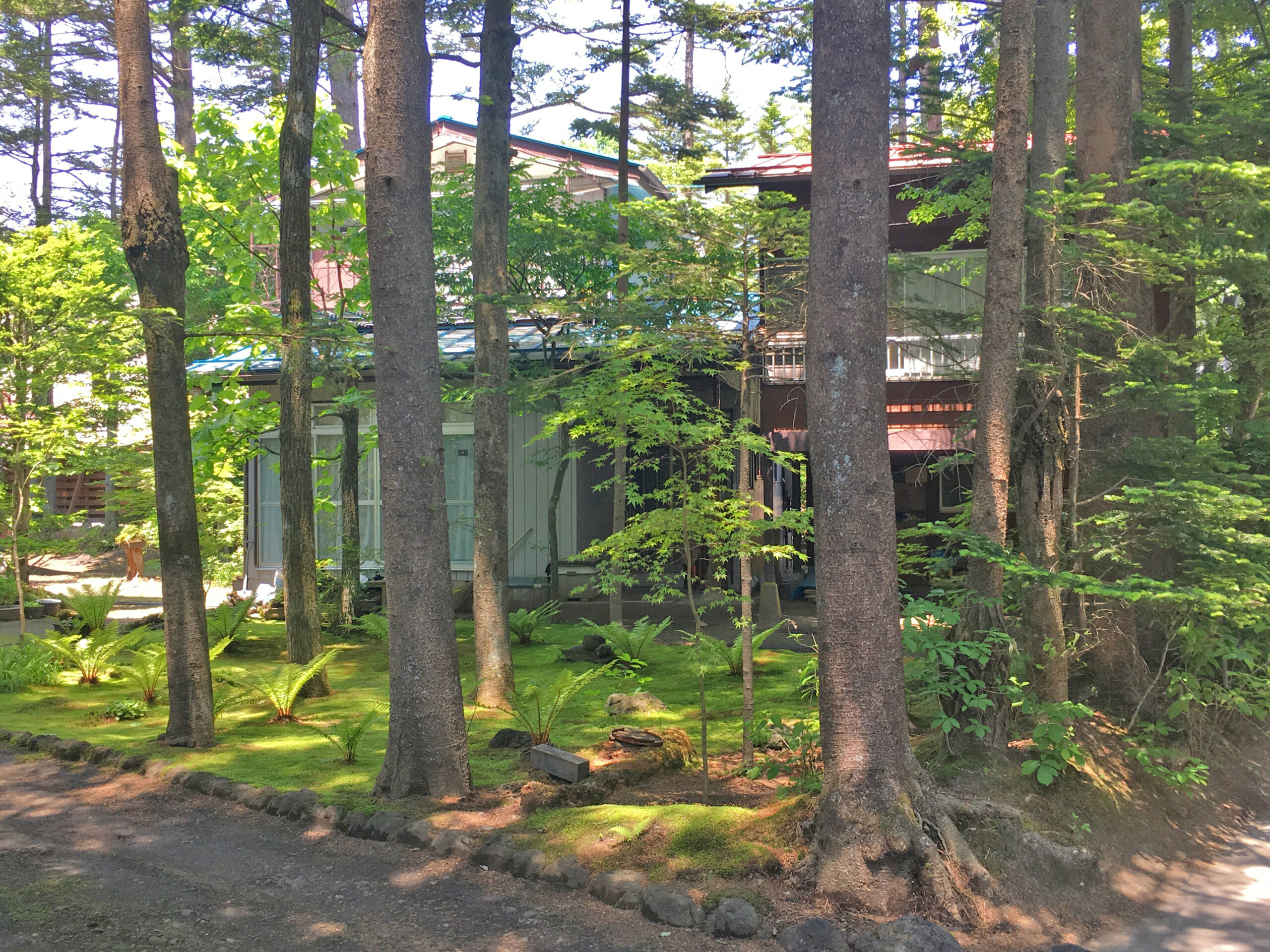
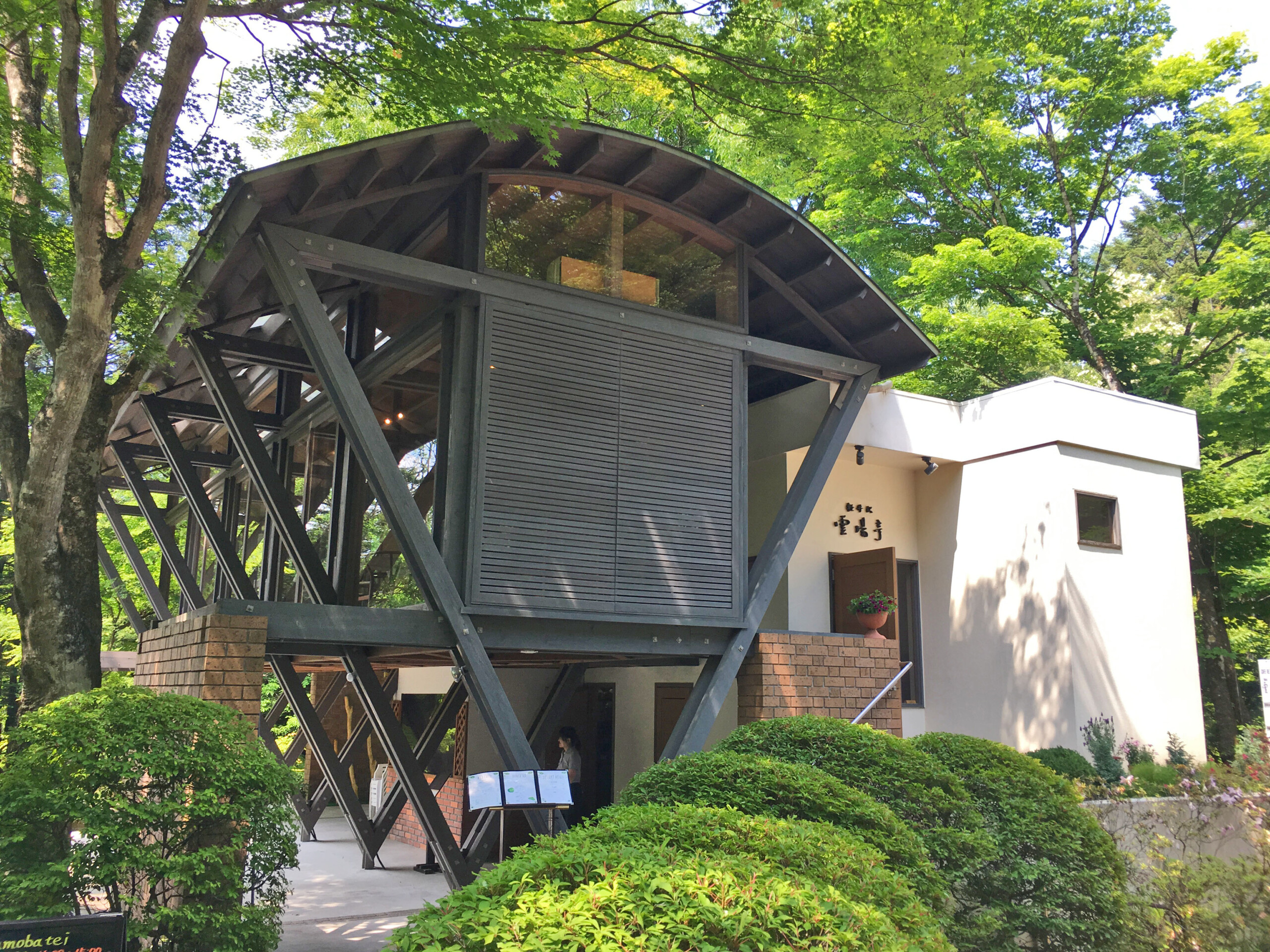
But let’s also not forget about Nagano cuisine. Good soba, apples, grapes, wasabi, and rainbow trout. Clean, simple cooking.
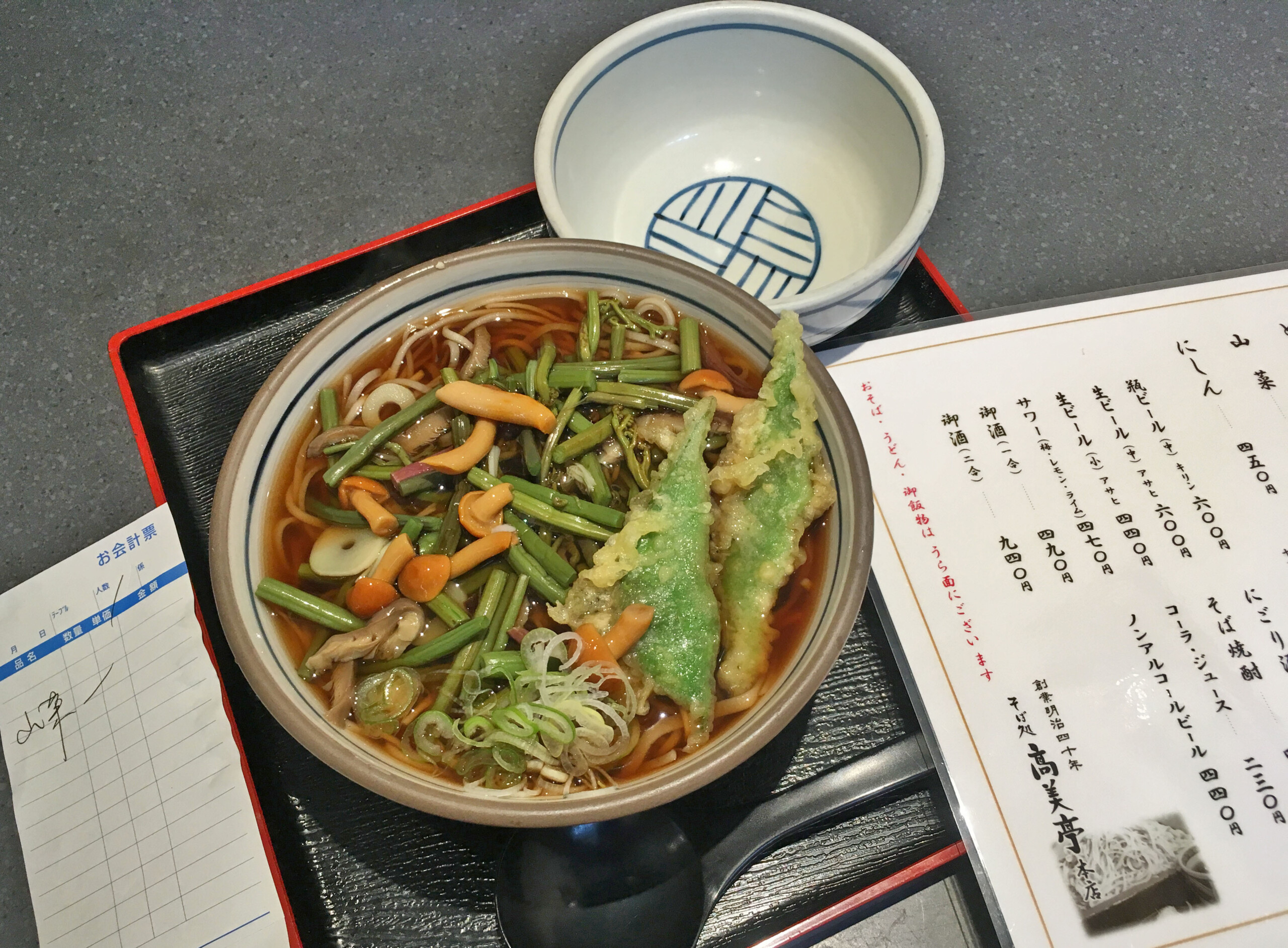
Train + Car Rental
If you’re keen to drive through some mountains, then you could rent a car from Kobuchizawa station, and explore the area around Chino, Tateshina, and Saku in Nagano prefecture.
Hop on a limited express train called Azusa at Tokyo’s Shinjuku station, and in under two hours you will be in Kobuchizawa.
I visited the region two Octobers ago, just in time for 紅葉 (kouyou), or fall foliage and more:
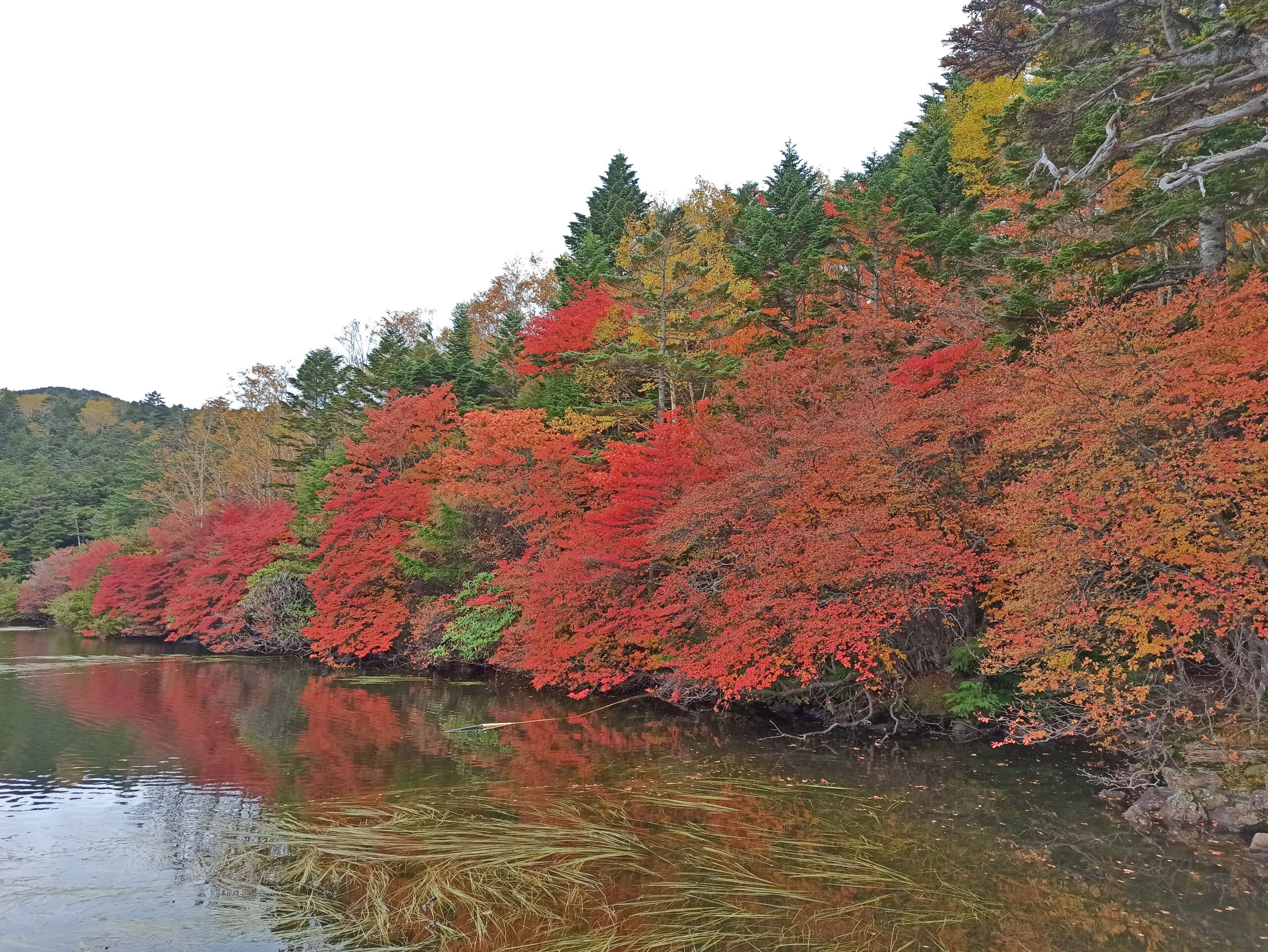
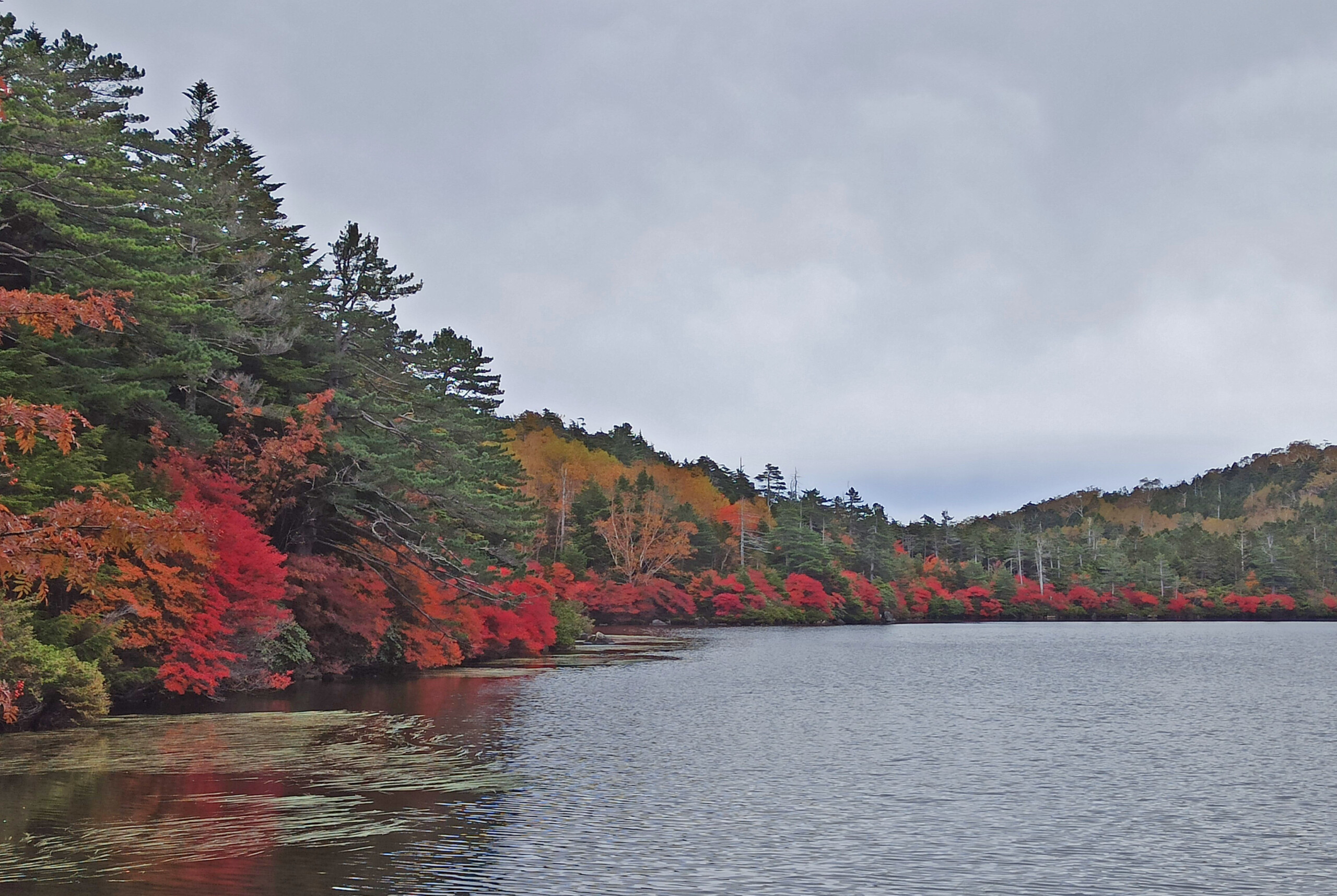
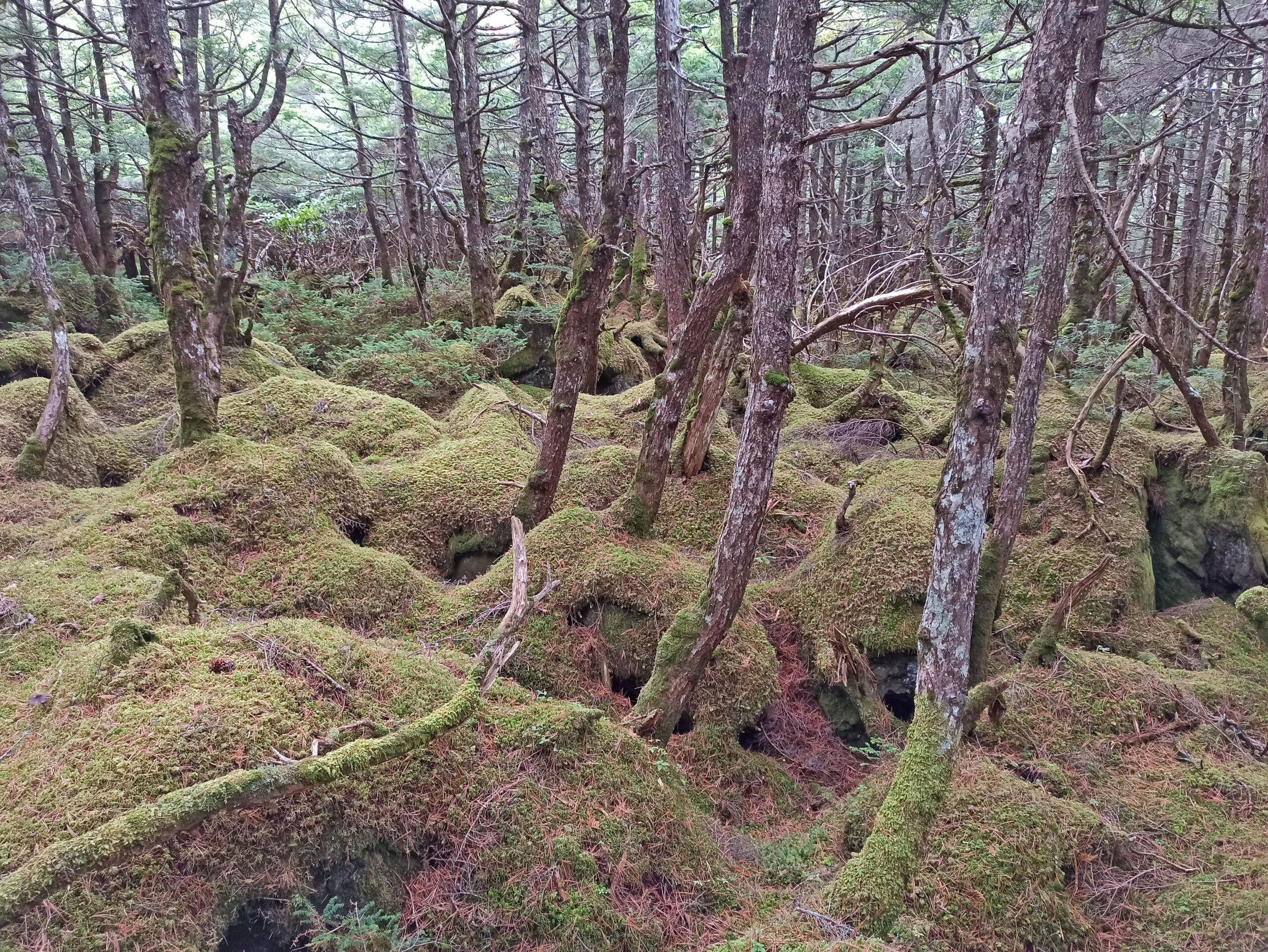
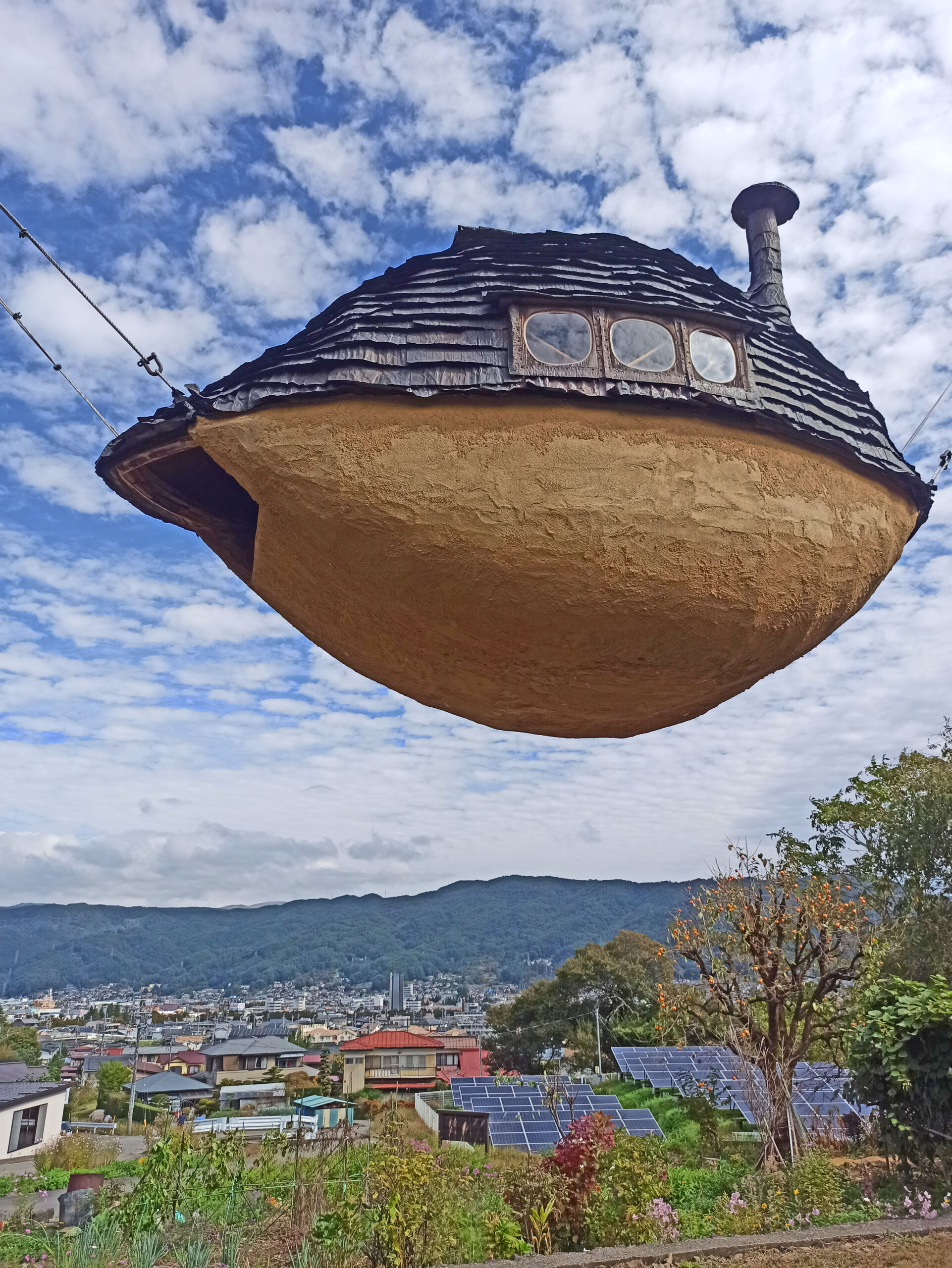
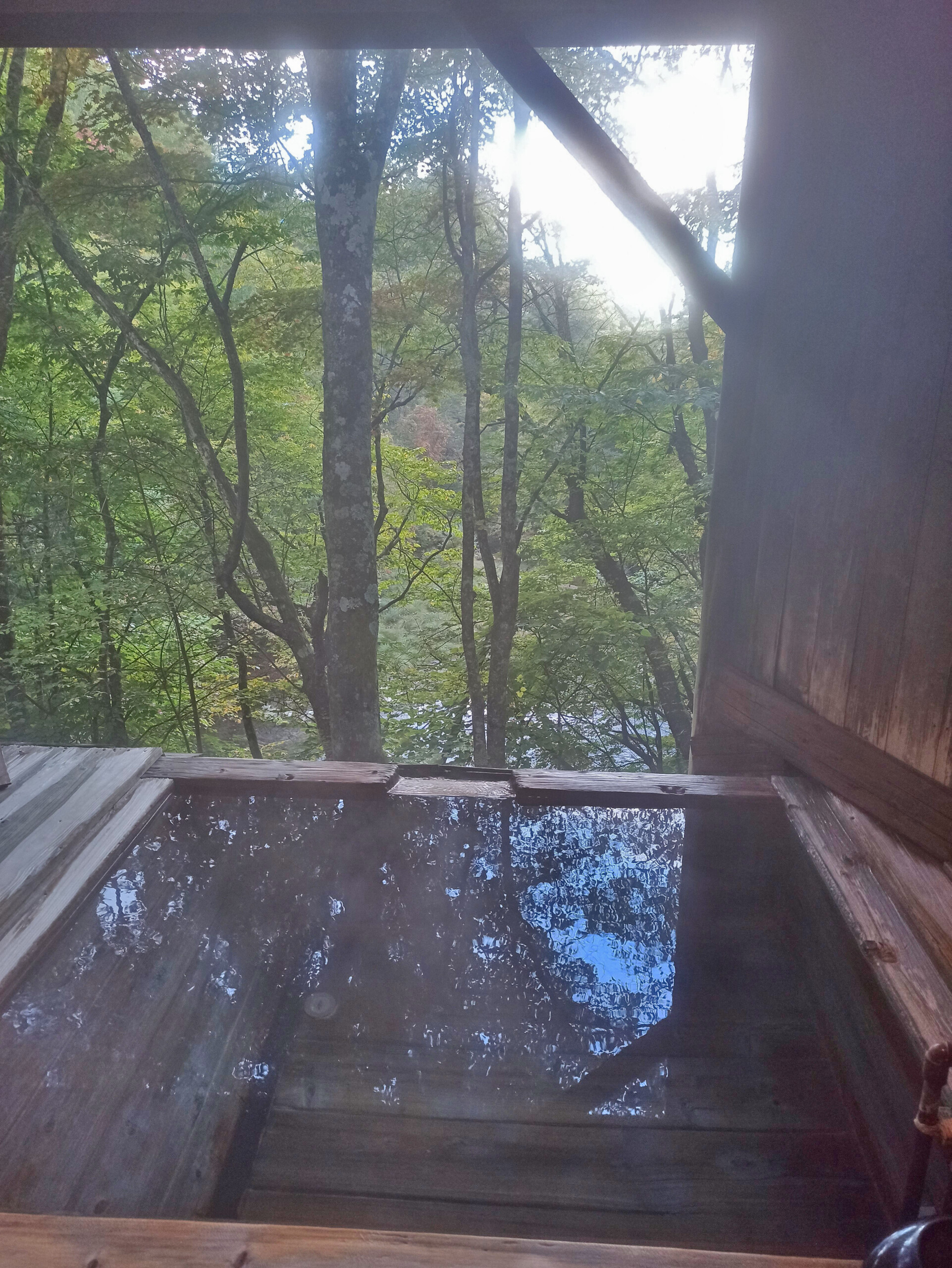
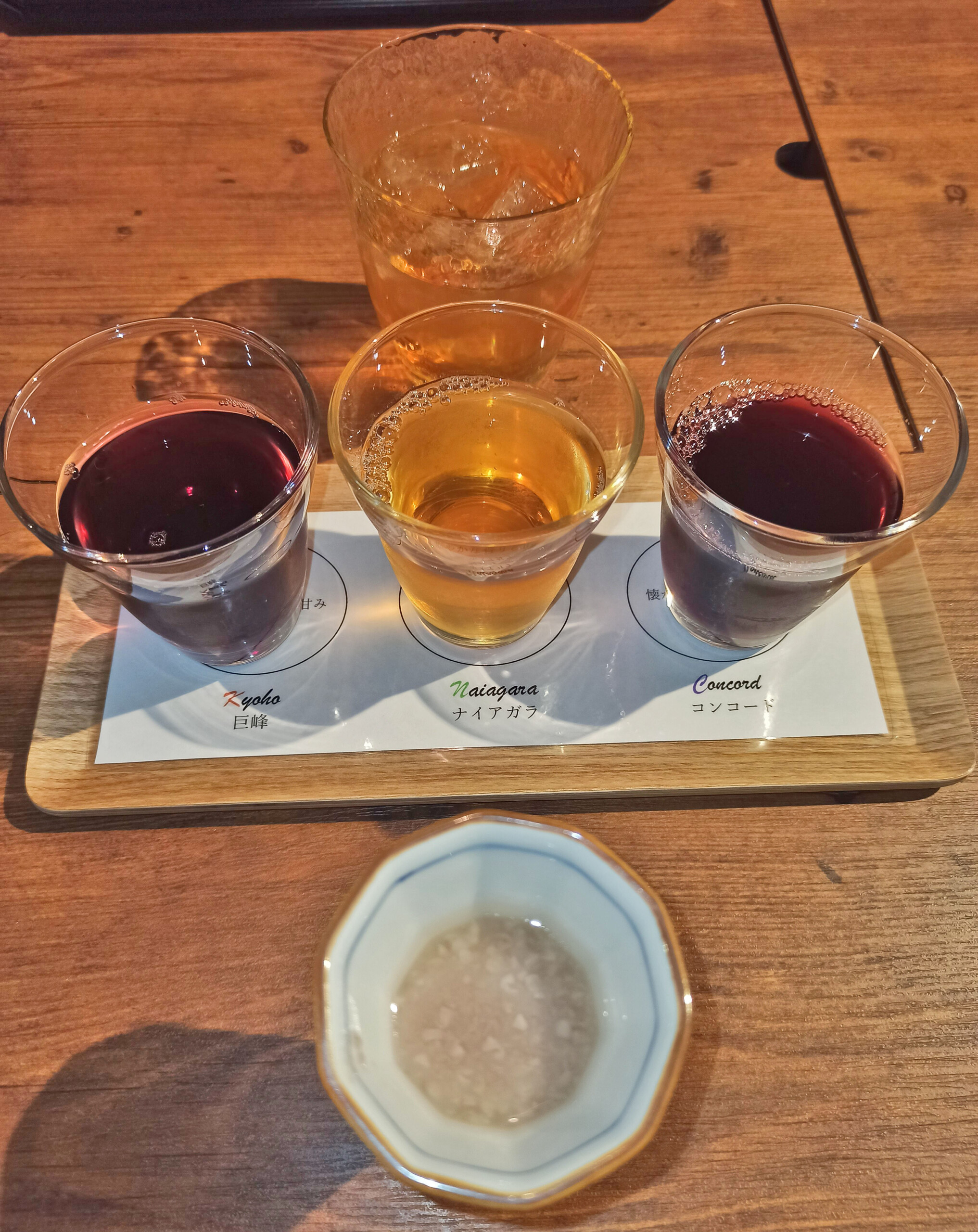
Bottom Line
If you’re going to get the Tokyo Wide Pass, expect to be on the move during those three days. That’s the only way to extract value from it.
For those planning on staying in the more popular districts in Tokyo, this will never be worth it. But if you appreciate seeing trees and rivers without a skyscraper in sight, pick up this pass.

Thank you for the article! Approximately how many trips would you have to take within that three days for the cost of the pass to be worth it? If you are only traveling on the local trains within Tokyo, is it possible to get value, or would you need to primarily use it on the Narita Express and other longer-distance routes? Is it one of those passes that you need to reserve *before you arrive in Japan? =)
Hi Aaanna, I appreciate your comment.
For sure, it would be terrible value if you only stuck to trains in the more popular “downtown” areas.
That’s why I’d recommend getting the pass only if you’re able to use the bullet train train quite a bit.
Figure, Narita Express to the city, then day trips to Takasaki, Mito, Nikko, and/or Karuizawa. Actually, Nikko would be best for a weekday overnight trip, and requires a transfer to a local train in Utsunomiya, or you could use the pass to go from Tobu Asakusa to Tobu Nikko (Tobu is a another rail company).